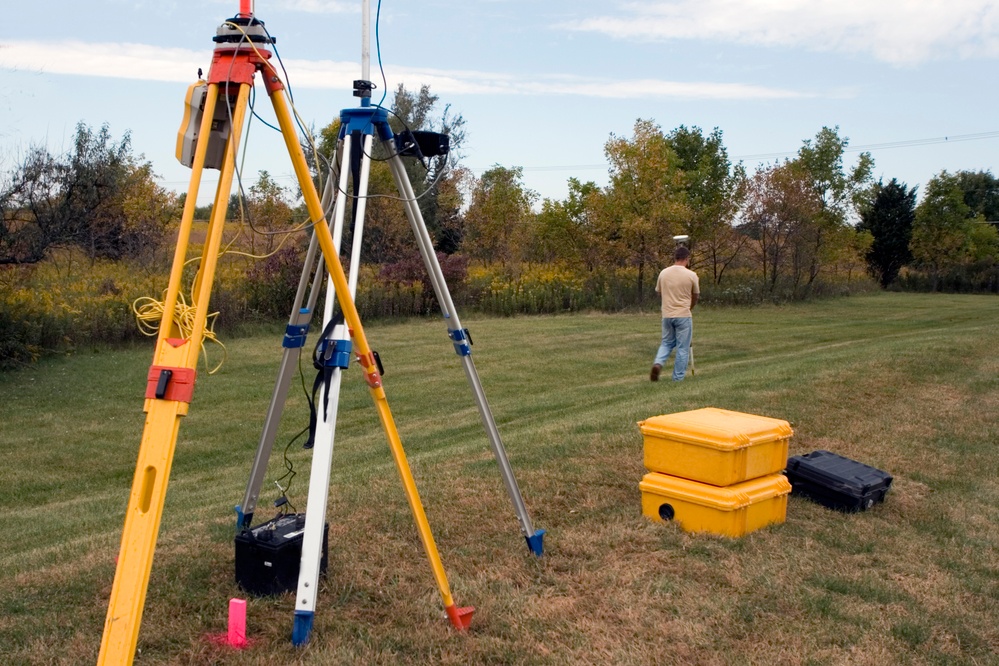 When you buy or sell a home or if you decide to dabble in real estate, you may see the term “plat map.”
When you buy or sell a home or if you decide to dabble in real estate, you may see the term “plat map.”
You receive a plat map of your new home or other purchased property. You can access a plat map of your neighborhood. Most of the developed real estate within a municipality has been surveyed and the results placed on a plat map.
What is a plat map, why is it necessary and who uses it? It’s something about which you should understand the basics at the least, so here is what you need to know.
What Is a Plat Map?
A plat map is a guide to a tract of surveyed land created and maintained by licensed surveyors. They are a blueprint containing detailed property information used by a variety of interested parties.
Property or land survey plats may seem straightforward, but the origin of platting laws creates ambiguity because plat laws are based on public law instead of contract law. They grow out of the governmental legal concept of the right of the government to make laws to protect the welfare of the public rather than the idea of creating a document controlling the rights of the signatories.
As such, public law can be somewhat vague at a time when specifics matter the most.
- Plat maps are supposed to provide an accurate description of a section of land, people, access ways, and things on the tract.
- They are meant to prevent trespass of private property by unauthorized persons.
- They ensure land for public use remains public.
- Plats ensure lots comply with zoning rules and restrictions.
- A plat map ensures all property owners have access to utilities.
City leaders also use plat maps to plan and regulate the growth of the city.
What Can You Find on a Plat Map?
There is a wealth of information to be found on a plat map.
- Tract orientation - a plat map indicates the property’s directional orientation.
- Placement of property lines - property lines can become obstructed by surrounding development, plant life, and other obstacles. The plat map prevents the need to resurvey the land.
- Easements within a subdivision - plat maps show the easements associated with a property. The information is compared with deed documents to show legal land use.
When a plat map is registered with the city or county, you must follow specific rules and requirements when creating the record.
- Describe the subdivision with metes and bounds.
- Locate the subdivision with respect to the corner of the original survey.
- State the dimensions of the subdivision and each part of the tract intended for public use.
- Include acknowledgment of the plat by the owner or owner’s agent.
- File and record the plat with the county clerk in the county where the tract is located.
- In Texas, the plat must comply with Texas Property Code, Chapter 12. Other states may have different requirements.
Metes and bounds are part of a system for describing land and real properties using the physical features of the geography, distances, and directions.
Metes refer to a boundary defined by the measurement of a straight line. It’s specified by a distance between two terminal points and includes the direction or orientation of the line.
Bounds are a general boundary description of bodies of water, stone walls, or adjoining land. If needed, an attorney can write the metes and bounds for your tract of interest.
Plat maps may include alleys, parks, or streets, as well as other physical features of the land.
Why Do You Need a Plat Map?
A plat map contains all the details required to subdivide, merge, or develop a property. It contains the property divisions to consult when selling or transferring ownership of a property.
A plat map also defines property dimensions to guide the development of natural resources or constructing new buildings. It's used to show access to city sewer and water supplies and to double-check other land documents for accuracy.
If you have a development project or simply need to know where your property line and easements are, you need a plat map.
Who Uses Plat Maps?
Obviously, land developers use plat maps. So do real estate agents, oil and gas companies, and others who require the information in their work.
When resources are developed, companies must take care not to trespass or infringe on public land or the owner of the surface land beneath which the resource lies.
There are five types of plat maps to serve different purposes.
- Amending plat - records small corrections to an existing plat map.
- Plat of subdivision - records when a landowner divides a tract into smaller parcels.
- Plat of consolidation - records when a landowner consolidates several pieces of adjacent land owned into a single parcel.
- Vacating plat - legally cancels a prior plat.
- Short plat - used for subdividing land into four or fewer separate parcels.
Each type of plat contains information specific to its use. A plat map contains a set of plats for a particular section of land.
How to Read a Plat Map
A plat map contains numbers and symbols to demarcate property lines, utilities, trees, and geography, among other things.
The tract number and the name given by the builder to the subdivision is provided along with the source of information. Typically the source will be the county assessor’s office.
The street (house) number for each lot is listed, and the center of each property contains a parcel number assigned by the county assessor's office. Usually, this number is in bold, underlined type. A number accompanying the parcel number is the builder’s lot number.
Along the property lines, you will find numbers indicating lot dimensions. The property drawings indicate the shape of the property. If the length or other dimension is the same on either side of the line, the measurement is not listed on every plat.
The county assessor assigns an assessor’s parcel number (APN) for every property using the Assessor’s Book Number, the Assessor’s Book Page Number and the individual parcel number. Each group of numbers is separated by a hyphen. The book and number pages are found in the corner of the plat map page for the book and page number.
Plat maps are an essential tool for realtors, homeowners, land developers, and resource developers. They provide a legal description of a specific tract or parcel of land to prevent accidental trespass and provide information for the sale or transfer of ownership of a piece of property.
Not all plats are formally measured, and some surveys may be incorrect. If you think the property you own or that you are considering buying does not match the plat, hire a professional surveyor to measure your lot and submit the corrections to the county assessor’s office.






















